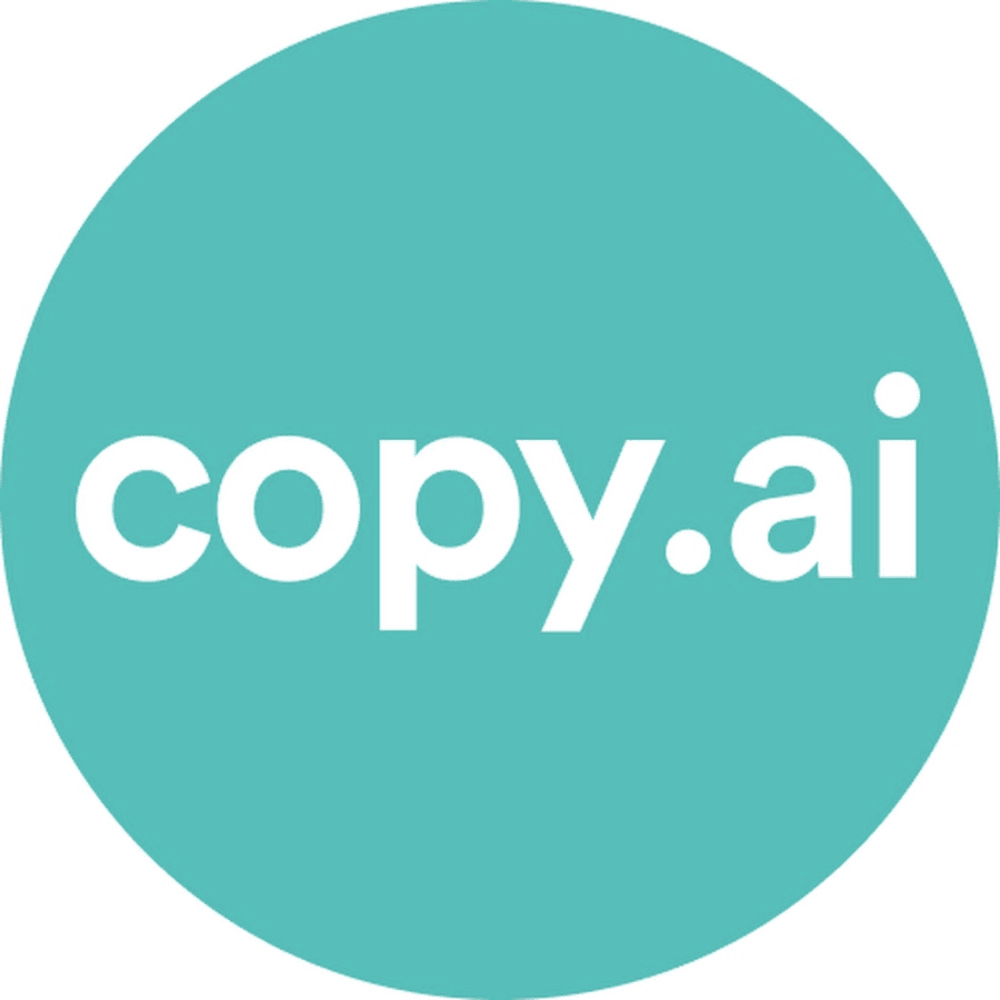In the rapidly evolving landscape of artificial intelligence, AI chatbots have carved out a significant niche in various domains, from customer service to personal assistance. Among the notable innovations in this space is Copy.ai, a chatbot designed specifically for content creation. This essay delves into what Copy.ai is, how it operates, its applications, advantages, limitations, and its impact on content generation and marketing.
What is Copy.ai?
Copy.ai is an AI-powered writing assistant designed to help users generate high-quality text content efficiently. Developed by a team of AI researchers and engineers, Copy.ai utilizes advanced natural language processing (NLP) techniques to assist with various writing tasks. Its primary goal is to streamline the content creation process by providing users with creative and compelling text outputs based on minimal input.
The platform is built on the GPT (Generative Pre-trained Transformer) architecture, similar to models like OpenAI’s GPT-3 and GPT-4. This architecture enables Copy.ai to understand and generate human-like text by analyzing vast amounts of data and learning from diverse linguistic patterns.
How Copy.ai Operates
Copy.ai chatbots operates using a combination of machine learning algorithms and natural language understanding. Its underlying model is pre-trained on extensive datasets that include a wide array of text sources. This training allows the chatbot to generate text that is coherent, contextually relevant, and stylistically diverse.
Training and Algorithms
- Pre-training: Copy.ai’s underlying model undergoes pre-training on large-scale text corpora. This phase involves learning to predict the next word in a sequence, which helps the model understand language patterns, grammar, and semantics.
- Fine-tuning: After pre-training, the model is fine-tuned using more specific data relevant to content creation. This supervised learning process involves adjusting the model based on examples of high-quality writing, enabling it to produce content that meets users’ needs.
Generative Capabilities
Copy.ai leverages its generative capabilities to create various types of content. Users provide brief prompts or inputs, and the chatbot generates text based on those prompts. The model uses context from the input to produce relevant and engaging content, whether for marketing copy, social media posts, or product descriptions.
Applications of Copy.ai
Copy.ai’s versatility makes it applicable in numerous scenarios:
- Marketing and Advertising: One of the primary uses of Copy.ai is in marketing and advertising. It helps create compelling ad copy, catchy headlines, and persuasive product descriptions. By generating high-quality content quickly, Copy.ai assists marketers in capturing audience attention and driving conversions.
- Content Creation: Copy.ai is a valuable tool for content creators, including bloggers, journalists, and authors. It can generate blog posts, articles, and other written materials, saving time and effort while maintaining content quality.
- Social Media Management: For businesses and individuals managing social media accounts, Copy.ai offers a way to create engaging posts and captions. It can help generate ideas for content, streamline the posting process, and enhance social media presence.
- Email Marketing: Copy.ai can assist in crafting effective email campaigns by generating attention-grabbing subject lines and personalized email content. This helps improve open rates and engagement with email marketing efforts.
- E-commerce: In the e-commerce sector, Copy.ai can create product descriptions, reviews, and promotional materials. This application helps online retailers present their products in an appealing and informative manner.
Advantages of Copy.ai
The integration of Copy.ai into content creation processes offers several notable benefits:
- Efficiency: Copy.ai significantly speeds up the content creation process. Users can generate text quickly, reducing the time spent on writing and allowing them to focus on other strategic tasks.
- Creativity: The AI’s ability to produce diverse and creative text options can inspire users and provide new ideas. This is particularly valuable for brainstorming and generating fresh content angles.
- Consistency: Copy.ai helps maintain consistency in tone and style across various content pieces. This is crucial for brands that need to uphold a unified voice and messaging.
- Cost Savings: By automating content generation, Copy.ai can reduce the need for extensive human resources dedicated to writing tasks. This can lead to cost savings, particularly for small businesses and startups.
- Customization: Users can tailor the AI’s output by providing specific prompts and guidelines. This customization ensures that the generated content aligns with the user’s requirements and preferences.
Limitations and Challenges
Despite its strengths, Copy.ai faces several limitations and challenges:
- Contextual Understanding: While Copy.ai is proficient in generating text, it may occasionally struggle with complex or nuanced contexts. This can result in responses that lack depth or fail to fully address specific user needs.
- Creativity Constraints: Although the AI can generate creative text, it may not always match the creativity of human writers. The generated content can sometimes be formulaic or lack the unique touch that comes from human insight.
- Dependence on Input Quality: The quality of the output from Copy.ai depends heavily on the quality of the input provided. Ambiguous or poorly defined prompts can lead to suboptimal results.
- Ethical Considerations: The use of AI in content creation raises ethical questions regarding authorship and originality. There is also the risk of generating misleading or inappropriate content if not carefully monitored.
- Data Privacy: Users need to be cautious about sharing sensitive or proprietary information with AI tools. Ensuring data privacy and security is essential to avoid potential breaches.
The Future of Copy.ai and AI in Content Creation
The future of Copy.ai and similar AI-driven content creation tools looks promising. As AI technology continues to advance, we can expect improvements in contextual understanding, creativity, and customization. Future iterations may offer enhanced features such as better handling of complex topics and more refined content generation capabilities.
Moreover, the integration of AI chatbots into content creation is likely to expand, influencing various industries and professional practices. As AI tools become more sophisticated, they will play an increasingly significant role in shaping the future of writing and communication.
In conclusion, Copy.ai represents a significant advancement in the field of AI-powered content creation. By leveraging advanced language models, it provides a powerful tool for generating high-quality text efficiently. While it offers numerous benefits, including increased efficiency, creativity, and cost savings, it also presents challenges related to contextual understanding, creativity, and ethical considerations. As technology evolves, Copy.ai and similar tools will continue to impact the content creation landscape, driving innovation and shaping the future of writing and marketing.



